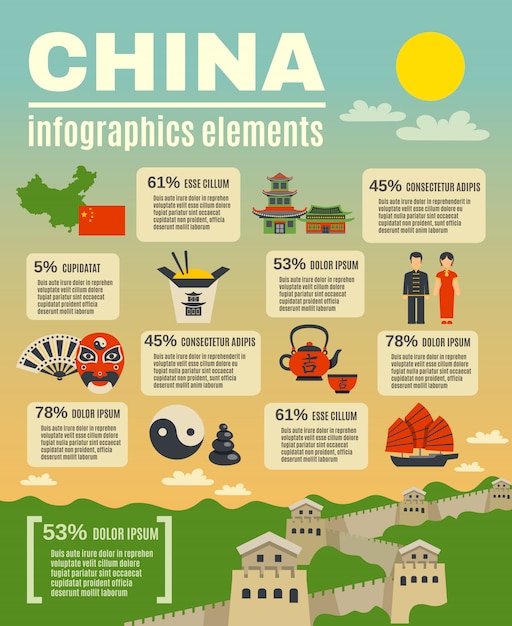Key Facts About the Shang Dynasty

The Shang dynasty was one of the earliest recorded dynasties in Chinese history.
The dynasty is believed to have spanned from the 16th century BCE to the 11th century BCE.
The Shang dynasty was known for its highly developed bronze metallurgy.
Oracle bones, used for divination, were a prominent feature of Shang dynasty culture.
The capital of the Shang dynasty was located in present-day Anyang, Henan province.
The Shang dynasty was ruled by a succession of kings, who maintained authority through military power.
Agriculture played a vital role in the Shang dynasty’s economy, with millet being a major crop.
The Shang dynasty is known for its rich and intricate bronze artwork, particularly in the form of ritual vessels and weapons.
The dynasty also left a significant cultural legacy in the form of early Chinese ideographic writing on oracle bones.
Social hierarchy in the Shang dynasty was rigidly structured, with the king at the top and commoners at the bottom.
The Shang dynasty is believed to have practiced human and animal sacrifice as part of their religious rituals.
Ancestor worship was an integral part of Shang dynasty religious beliefs.
The Shang dynasty had a well-organized military system, with chariots and infantry being common units.
The dynasty saw the development of an early bureaucratic system, with officials responsible for administration and record-keeping.
The Shang dynasty traded extensively with neighboring regions, including the exchange of silk and jade.
Key Facts About the Shang Dynasty part 2
The ruling class of the Shang dynasty lived in large palaces, while commoners lived in smaller homes made of rammed earth or wood.
The Shang dynasty is considered the foundation of Chinese civilization and laid the groundwork for subsequent dynasties.
The Shang dynasty was eventually overthrown by the Zhou dynasty.
Archaeological discoveries have provided valuable insights into the daily lives of the Shang dynasty people.
The Shang dynasty is credited with significant advancements in medicine and herbal remedies.
Shang dynasty art often depicted mythical creatures, spirits, and animal motifs.
The Shang dynasty saw the development of early musical instruments, including bells and drums.
Astronomical observations were an important aspect of Shang dynasty culture.
The Shang dynasty is believed to have had a highly organized system of divination and prophecy.
The Shang dynasty’s bronze casting techniques were highly advanced for its time.
Religion played a central role in the lives of Shang dynasty people, influencing everything from politics to daily rituals.
The Shang dynasty had a complex calendar system based on lunar cycles.
War chariots were a symbol of military power and prestige during the Shang dynasty.
The Shang dynasty was known for its elaborate burials that included sacrificed humans and animals.
Shang dynasty kings were often buried in enormous tombs filled with valuable artifacts.
The Shang dynasty ruling class practiced polygamy, with kings having multiple wives and consorts.
The dynasty is famous for its bronze ritual vessels, which were used in religious ceremonies and ancestor worship.
The Shang dynasty was proficient in the production of silk fabric, which was highly valued and exported to neighboring regions.
The dynasty made significant advancements in agricultural technology, including irrigation systems and improved farming techniques.
The Shang dynasty’s military power allowed for the expansion of its territory and influence over neighboring tribes.
The dynasty’s social structure was based on hereditary nobility, with kings and their descendants holding the highest positions.
The Shang dynasty is considered the beginning of China’s centralized state governance.
The dynasty is credited with widespread use of the horse-drawn chariot in warfare.
Shang dynasty cities were fortified with walls and had well-designed urban layouts.
The Shang dynasty imposed tribute and taxes on conquered regions, contributing to its wealth and power.
The dynasty’s bronze artwork exhibited intricate designs and meticulous craftsmanship.
The Shang dynasty was known for its military strategy and tactical warfare.
The dynasty’s ruling elite participated in extravagant ceremonies and feasts to demonstrate their wealth and status.
The Shang dynasty’s language and writing system heavily influenced subsequent Chinese scripts.
The overthrow of the Shang dynasty by the Zhou dynasty marked a significant turning point in Chinese history.

